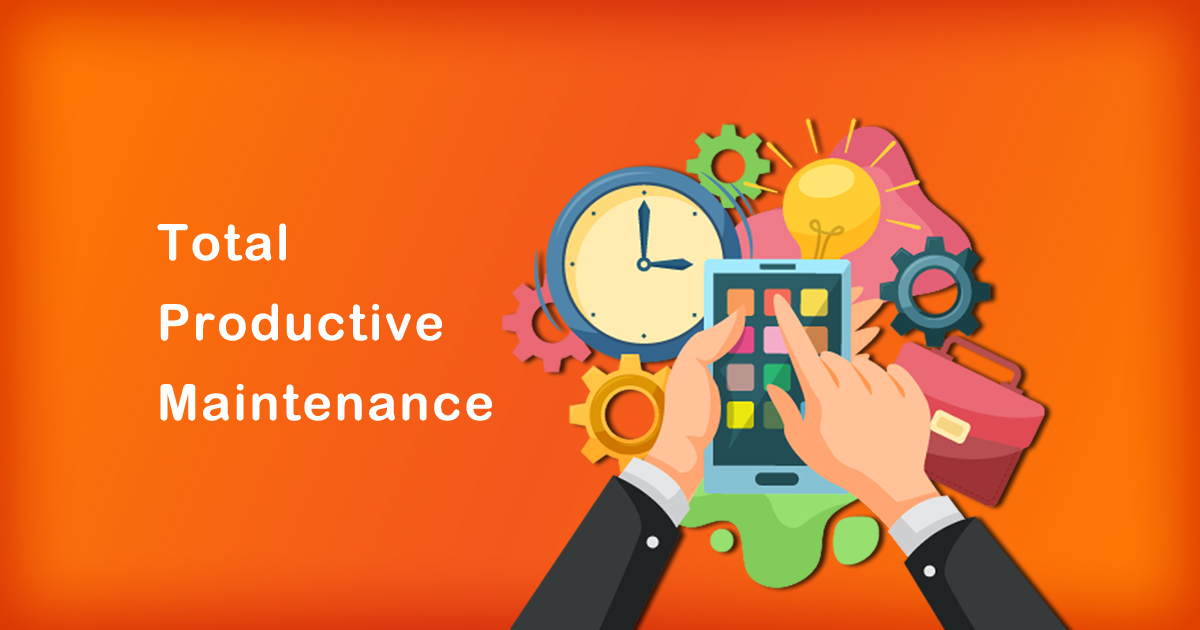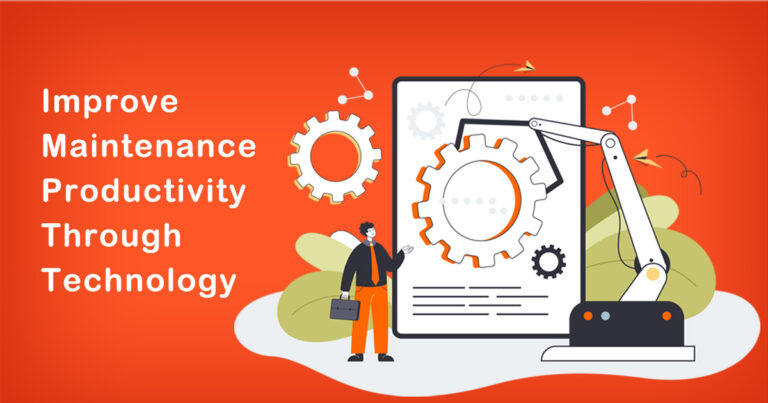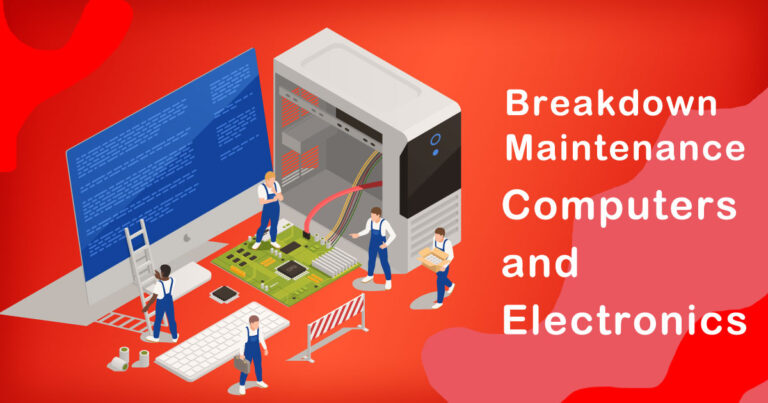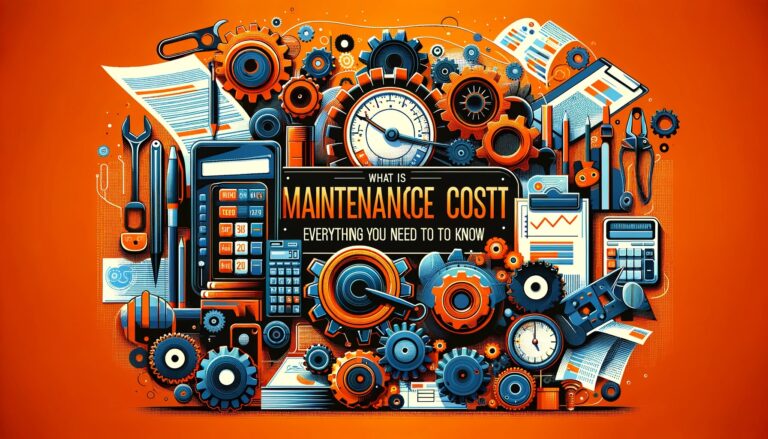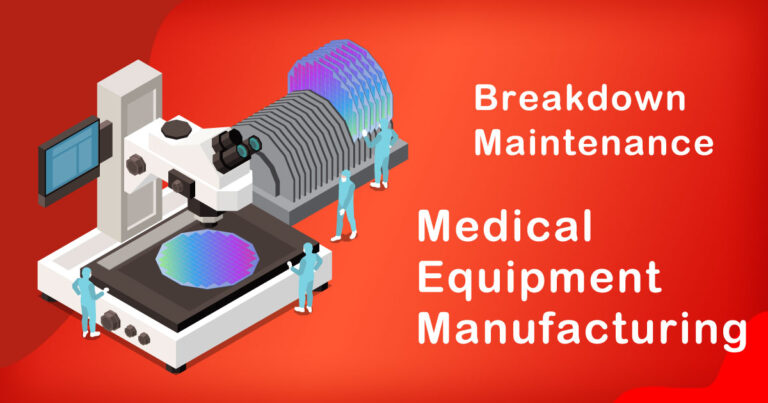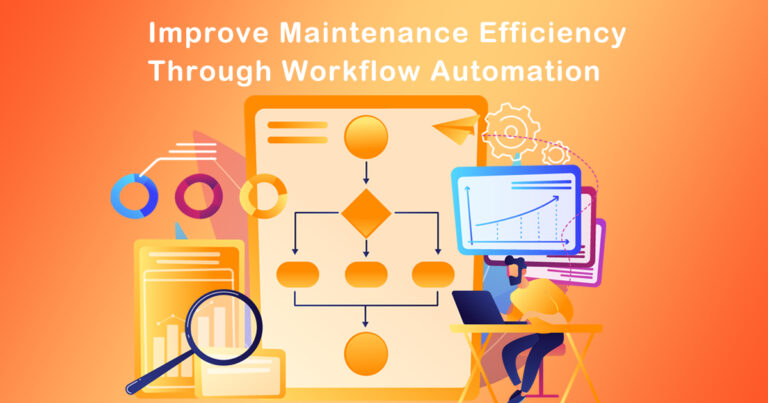Introduction
Maintenance is an integral part of any organization that is striving for continuous improvement in its operations. The two most popular maintenance approaches are Lean Maintenance and Total Productive Maintenance (TPM). While both approaches are aimed at improving equipment reliability and reducing downtime, there are significant differences between them. In this blog, we will explore the differences between Lean Maintenance and TPM.
What is Lean Maintenance?
Lean Maintenance is an approach that focuses on eliminating waste, reducing costs, and improving efficiency in the maintenance process. It is based on the principles of Lean Manufacturing and is designed to ensure that the maintenance process is as efficient and effective as possible. The primary goal of Lean Maintenance is to ensure that maintenance activities add value to the organization and that all non-value-added activities are eliminated.
According to a study conducted by the European Journal of Operational Research, Lean Maintenance can help organizations reduce downtime by up to 50% and maintenance costs by up to 30%. This is achieved through a focus on continuous improvement, waste reduction, and increased efficiency.
What is Total Productive Maintenance (TPM)?
Total Productive Maintenance (TPM) is an approach that focuses on maximizing the productivity of equipment by involving all employees in the maintenance process. It is based on the principles of Total Quality Management and is designed to ensure that equipment is maintained in the most effective way possible. The primary goal of TPM is to ensure that all employees are responsible for the maintenance of equipment and that equipment downtime is minimized.
According to a study conducted by the International Journal of Production Research, TPM can help organizations improve equipment effectiveness by up to 25% and reduce maintenance costs by up to 40%. This is achieved through a focus on employee involvement, continuous improvement, and equipment reliability.
Differences between Lean Maintenance and TPM
The following are the main differences between Lean Maintenance and TPM:
- Focus The focus of Lean Maintenance is on eliminating waste and increasing efficiency in the maintenance process. The focus of TPM is on maximizing equipment productivity and involving all employees in the maintenance process.
- Approach Lean Maintenance is based on the principles of Lean Manufacturing and focuses on continuous improvement, waste reduction, and increased efficiency. TPM is based on the principles of Total Quality Management and focuses on employee involvement, continuous improvement, and equipment reliability.
- Scope Lean Maintenance is typically applied to maintenance processes only, while TPM is applied to the entire production process, including maintenance.
- Implementation Lean Maintenance is typically implemented by a small team of experts who work to identify and eliminate waste in the maintenance process. TPM is implemented by involving all employees in the maintenance process and creating a culture of continuous improvement.
Conclusion
Both Lean Maintenance and TPM are effective approaches for improving equipment reliability and reducing downtime. However, the approaches differ in their focus, approach, scope, and implementation. Organizations should carefully evaluate their maintenance needs and choose the approach that best fits their requirements. Ultimately, the goal of any maintenance approach is to ensure that equipment is maintained in the most effective and efficient way possible, with a focus on continuous improvement and employee involvement.


